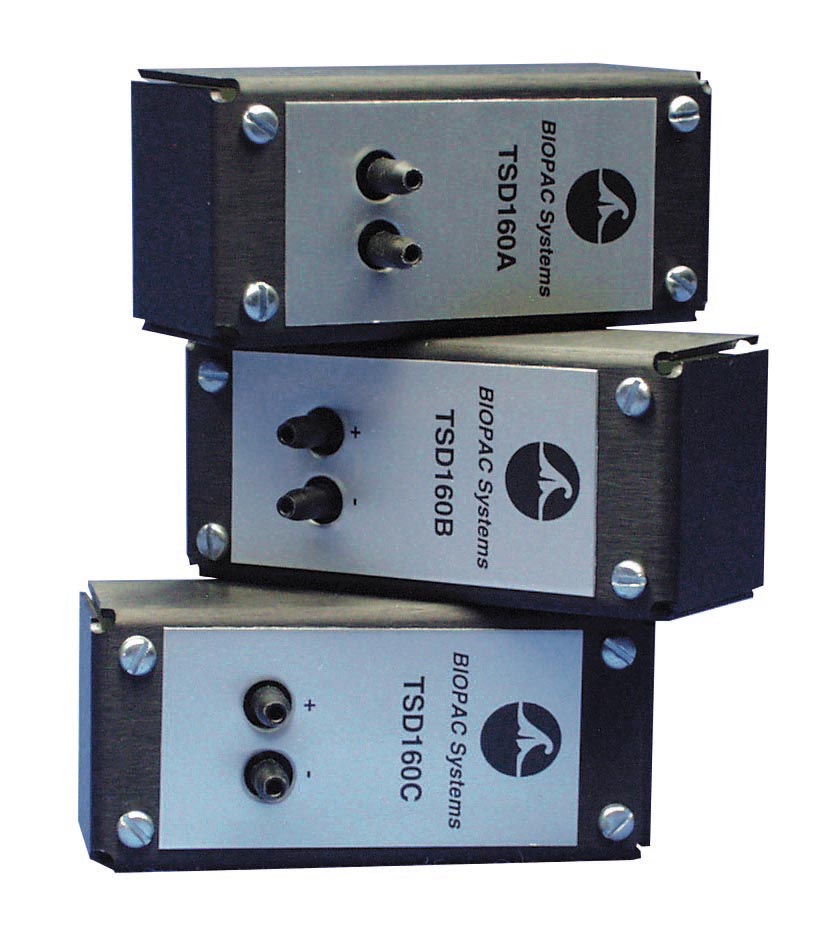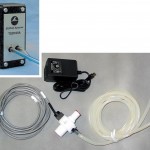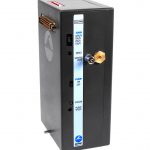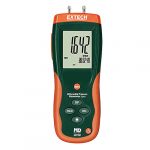Differential Pressure Transducers
Precision Transducer for Research Data Acquisition
Convert biological signals for analysis with MP system or AcqKnowledge®
Use TSD160 series differential pressure transducers for low range pressure monitoring. The transducers plug directly into the DA100C general-purpose differential amplifier. The differential pressure ports are located on the front of the transducers and are easily connected to breathing circuits, pneumotachs or plethysmograph boxes. These transducers are very useful for interfacing a variety of small animal pneumotachs or plethysmographs to the MP System. The transducers are extremely sensitive and available in a range to suit a number of different applications, including airflow pressure.
- Use the AFTCAL-160 NIST-certified Differential Pressure Manometer (range ±2 psi, ±140.6 cm H2O) to calibrate the TSD160 series of differential pressure transducers.
See More...




Stay Connected